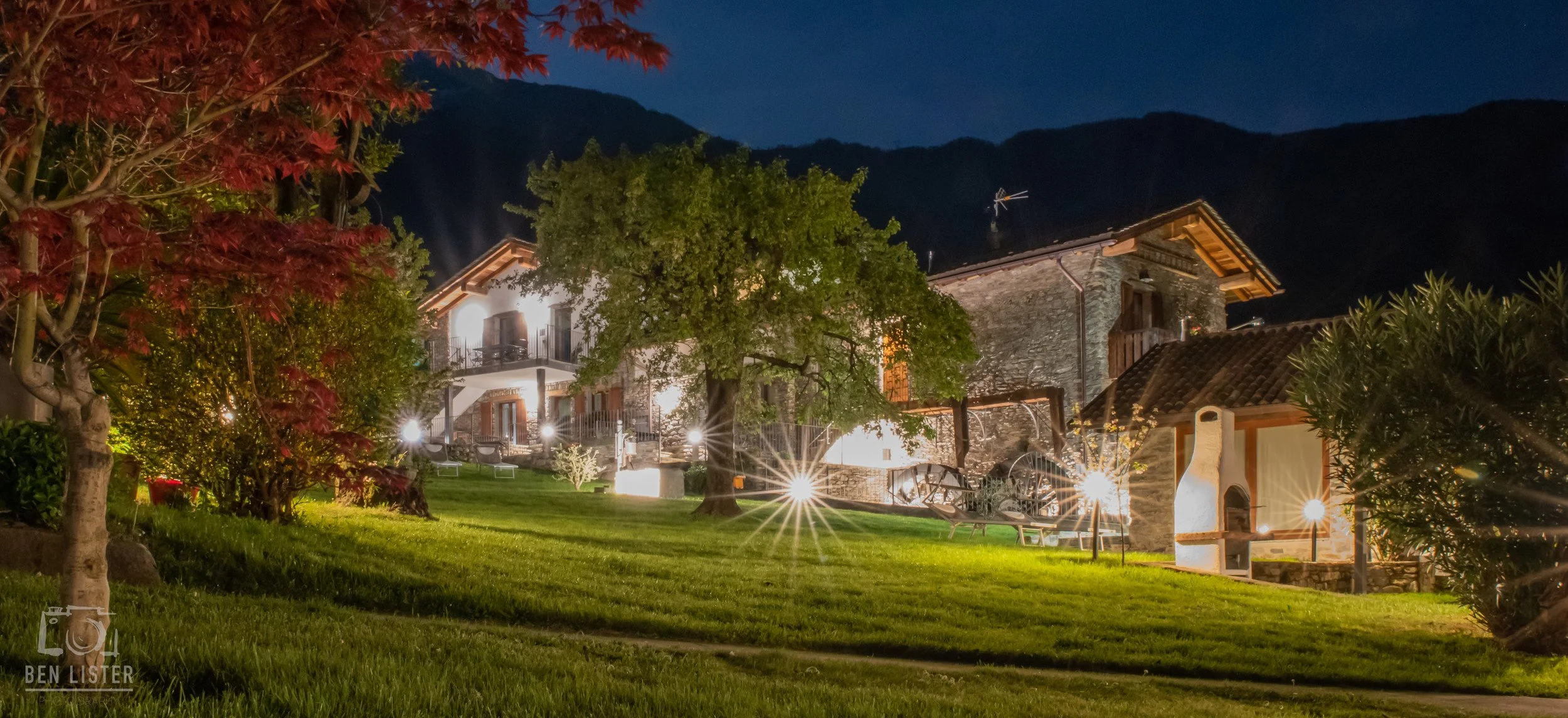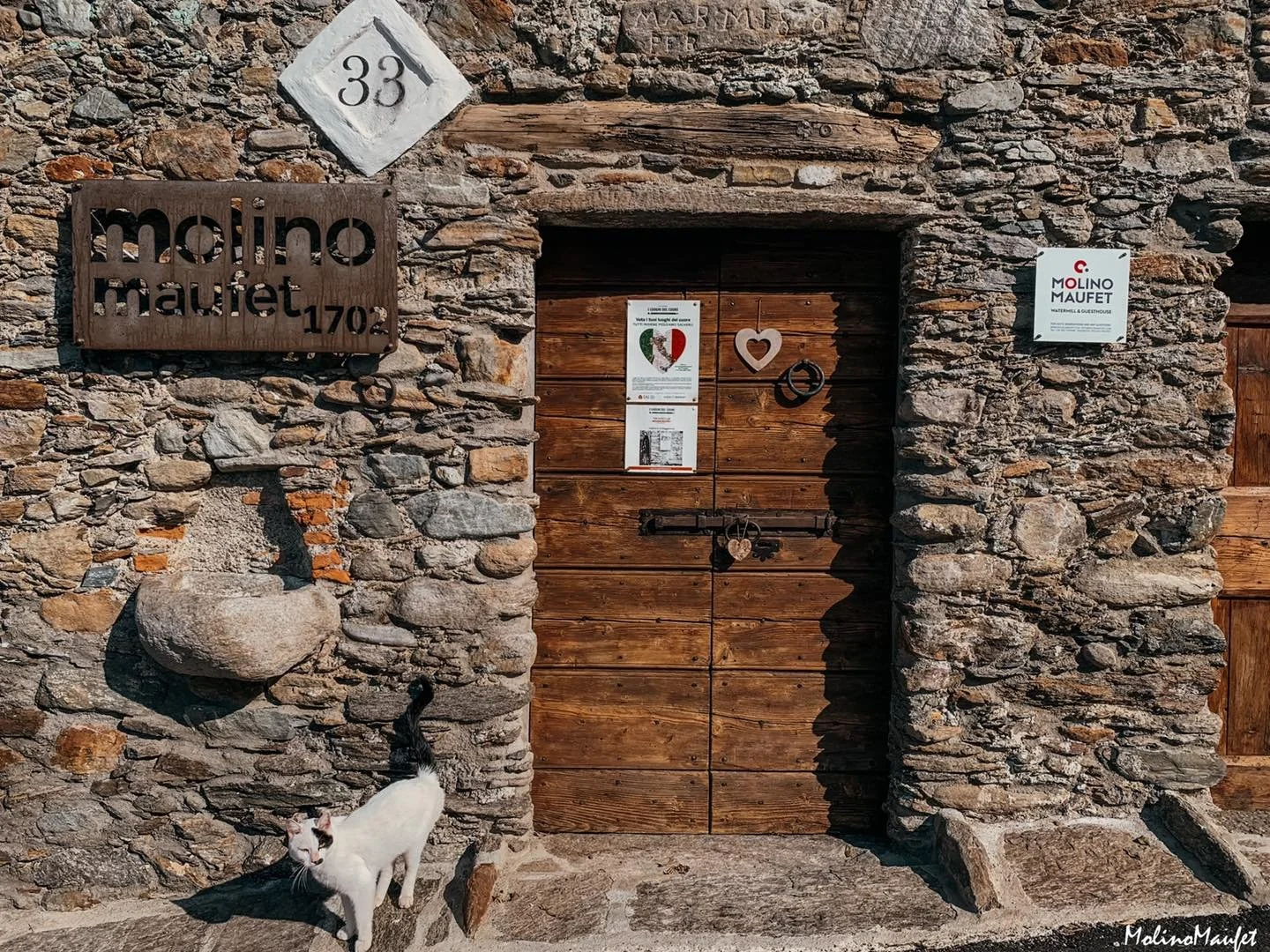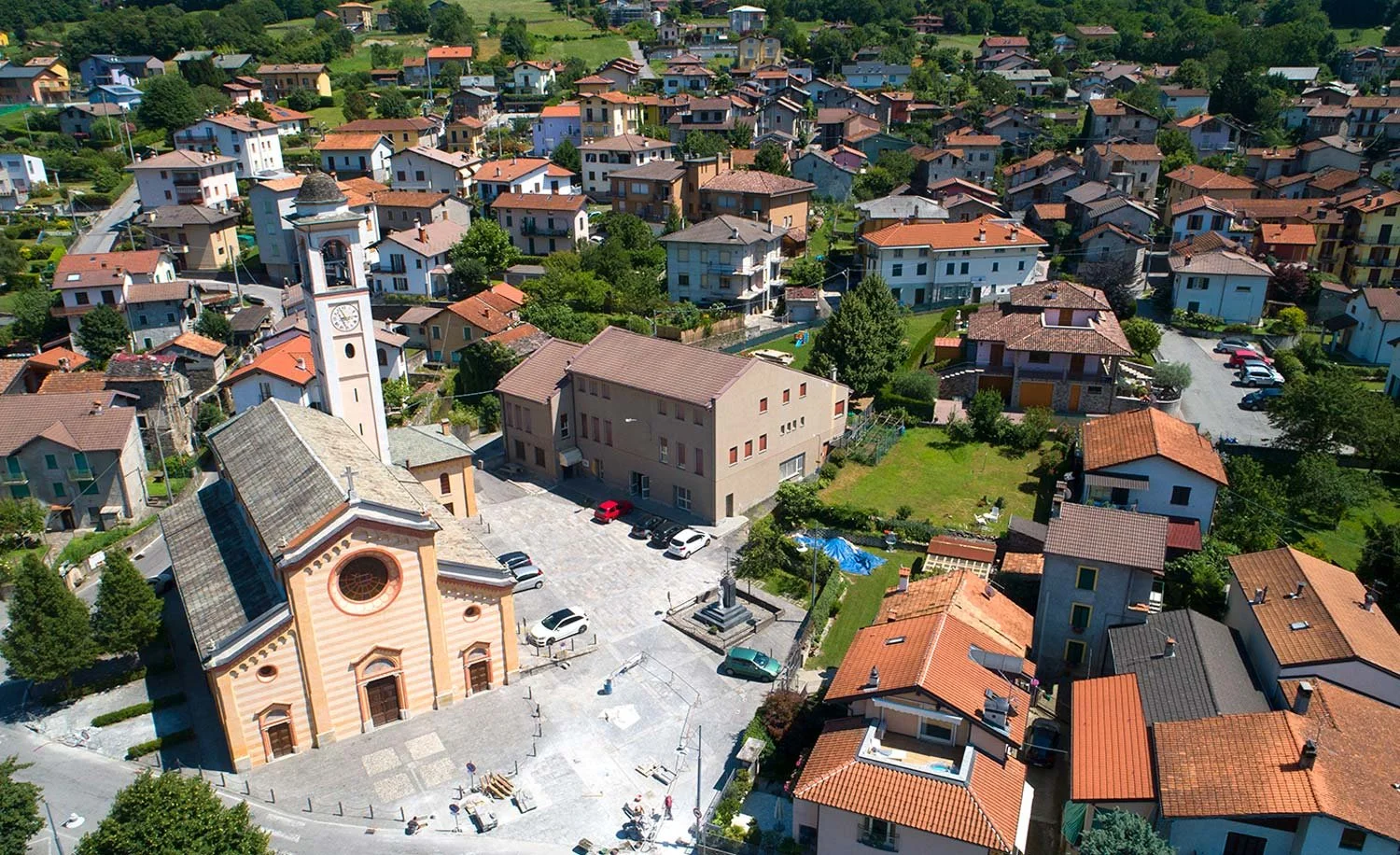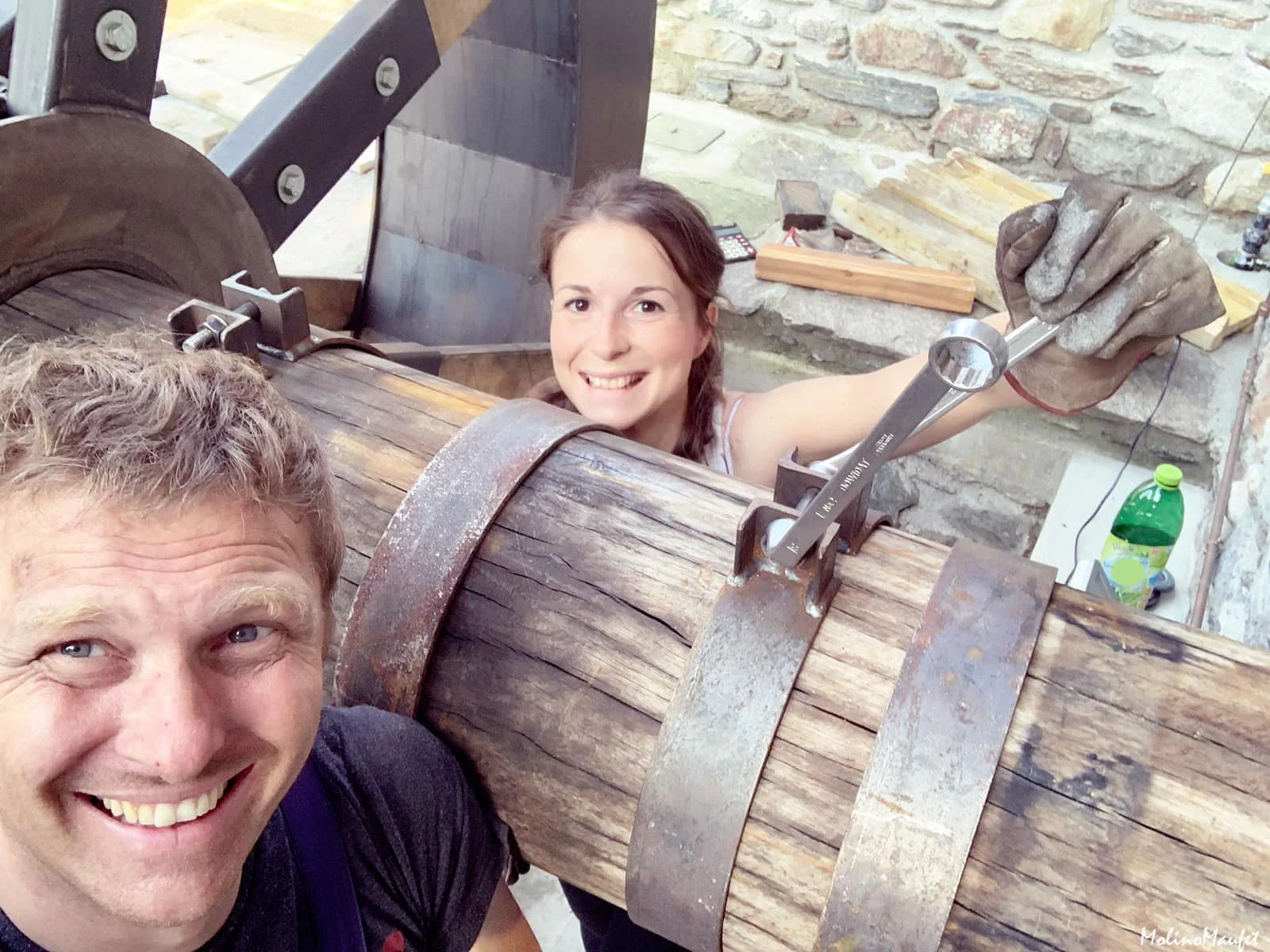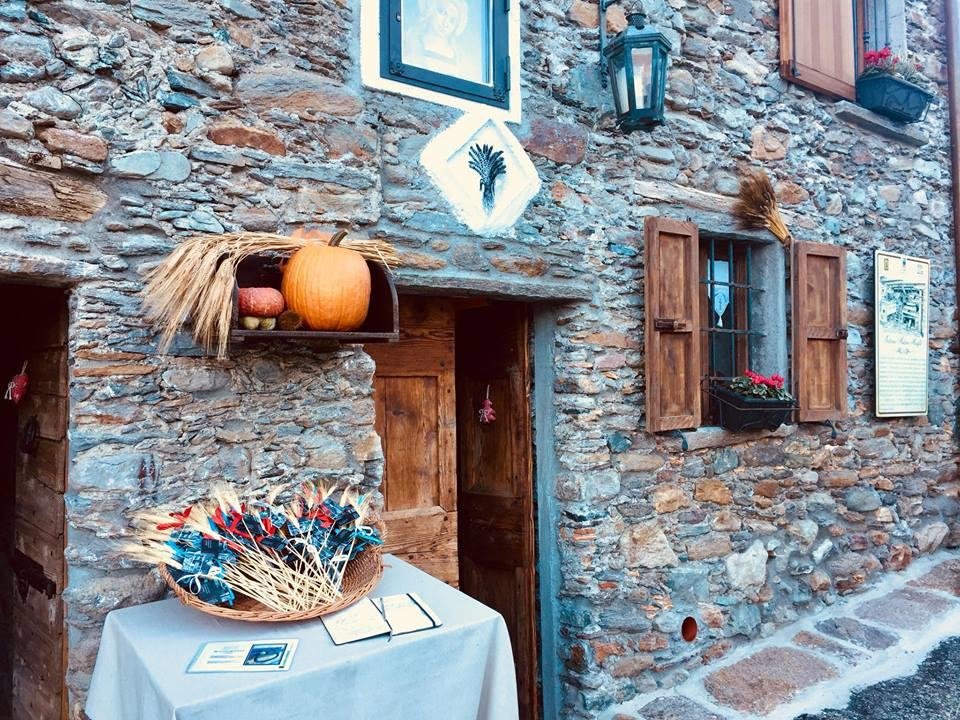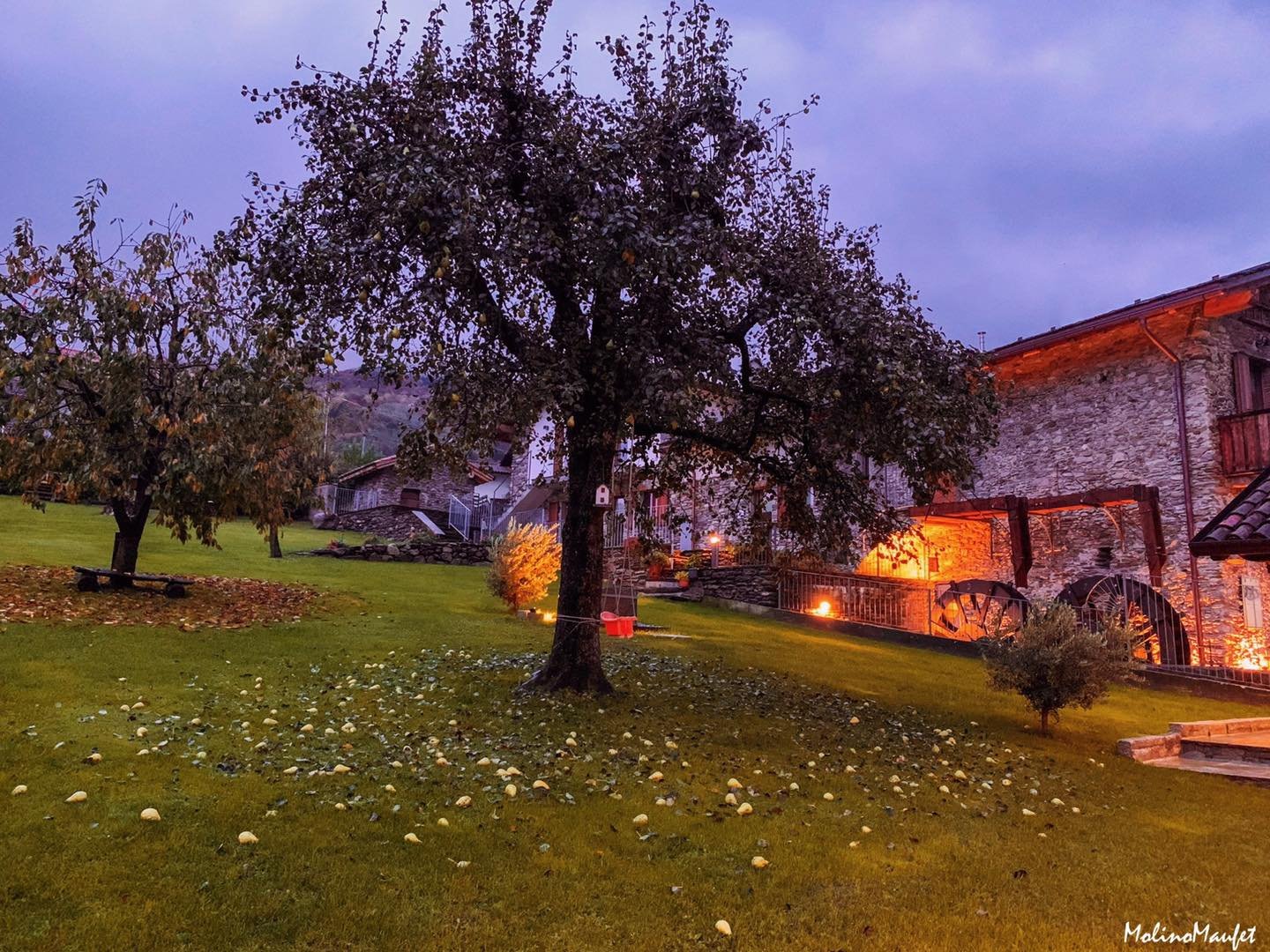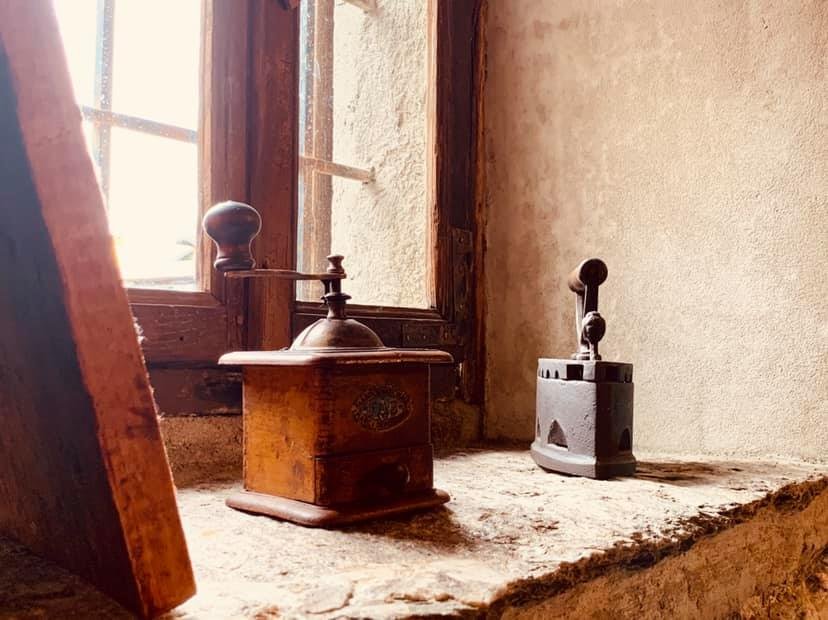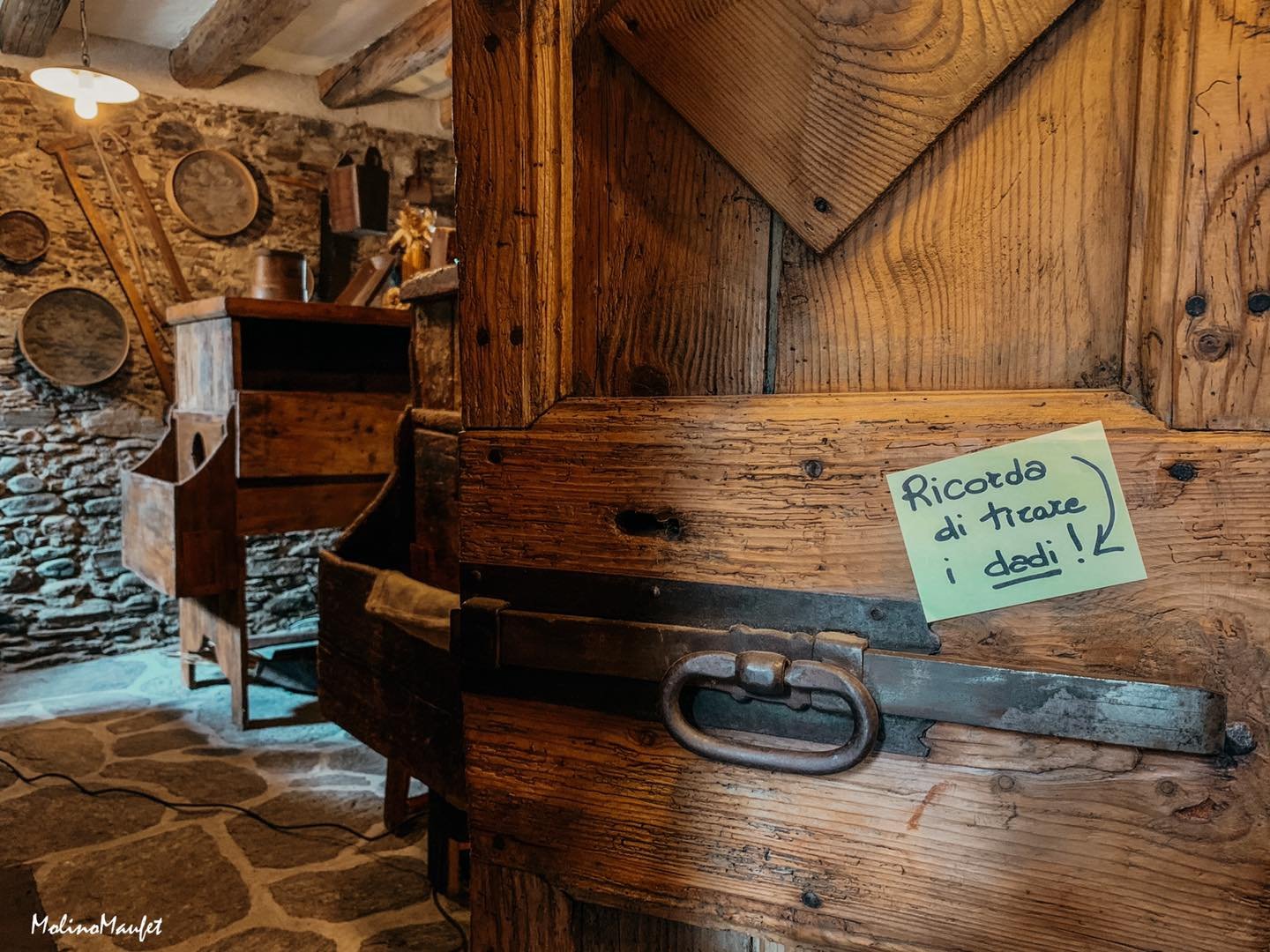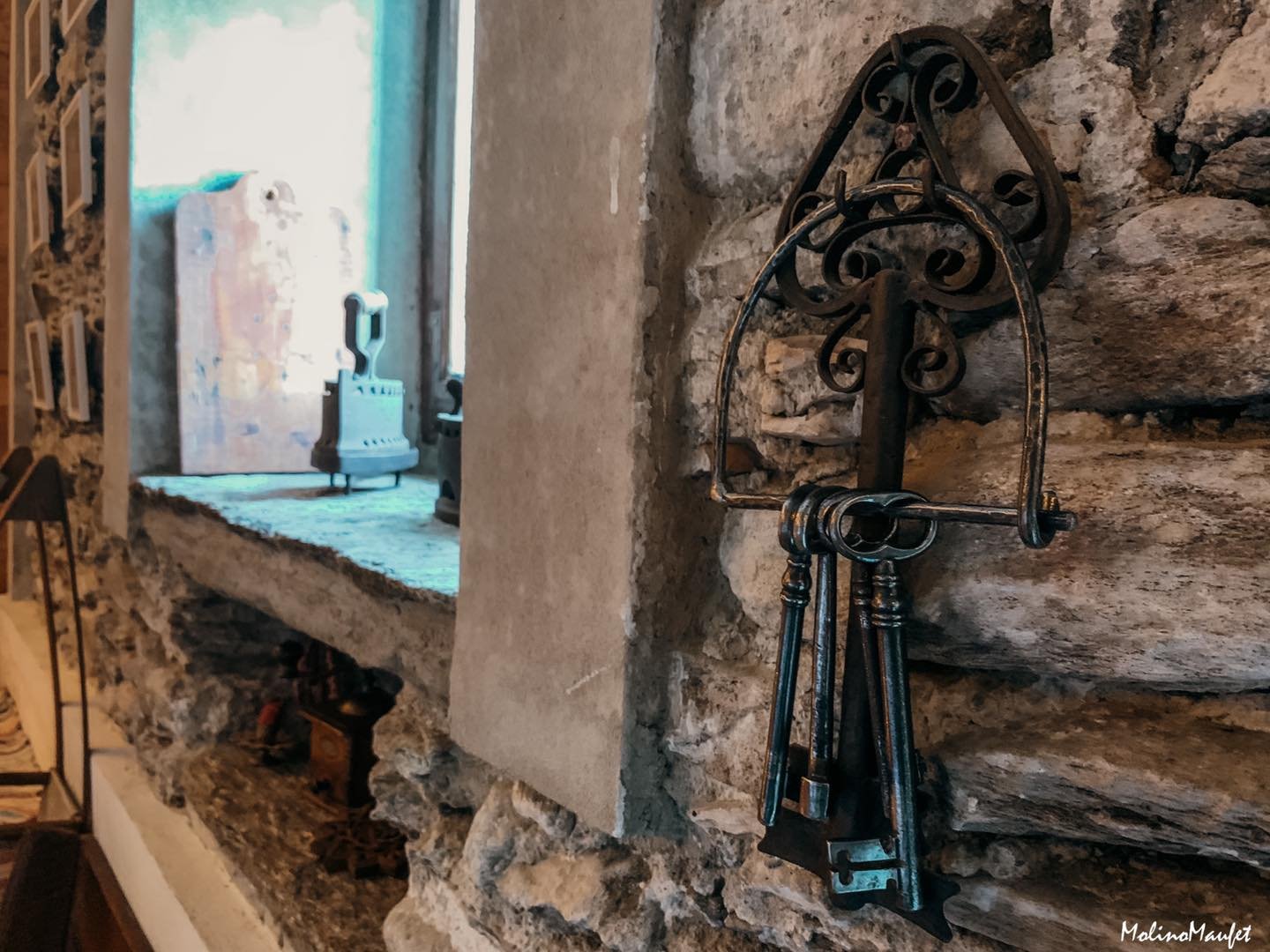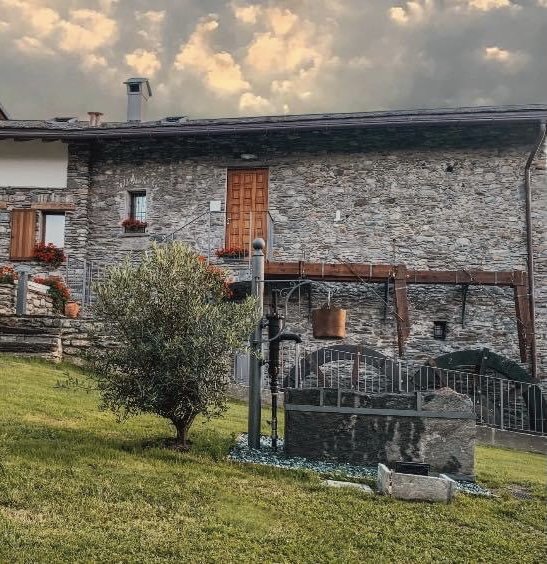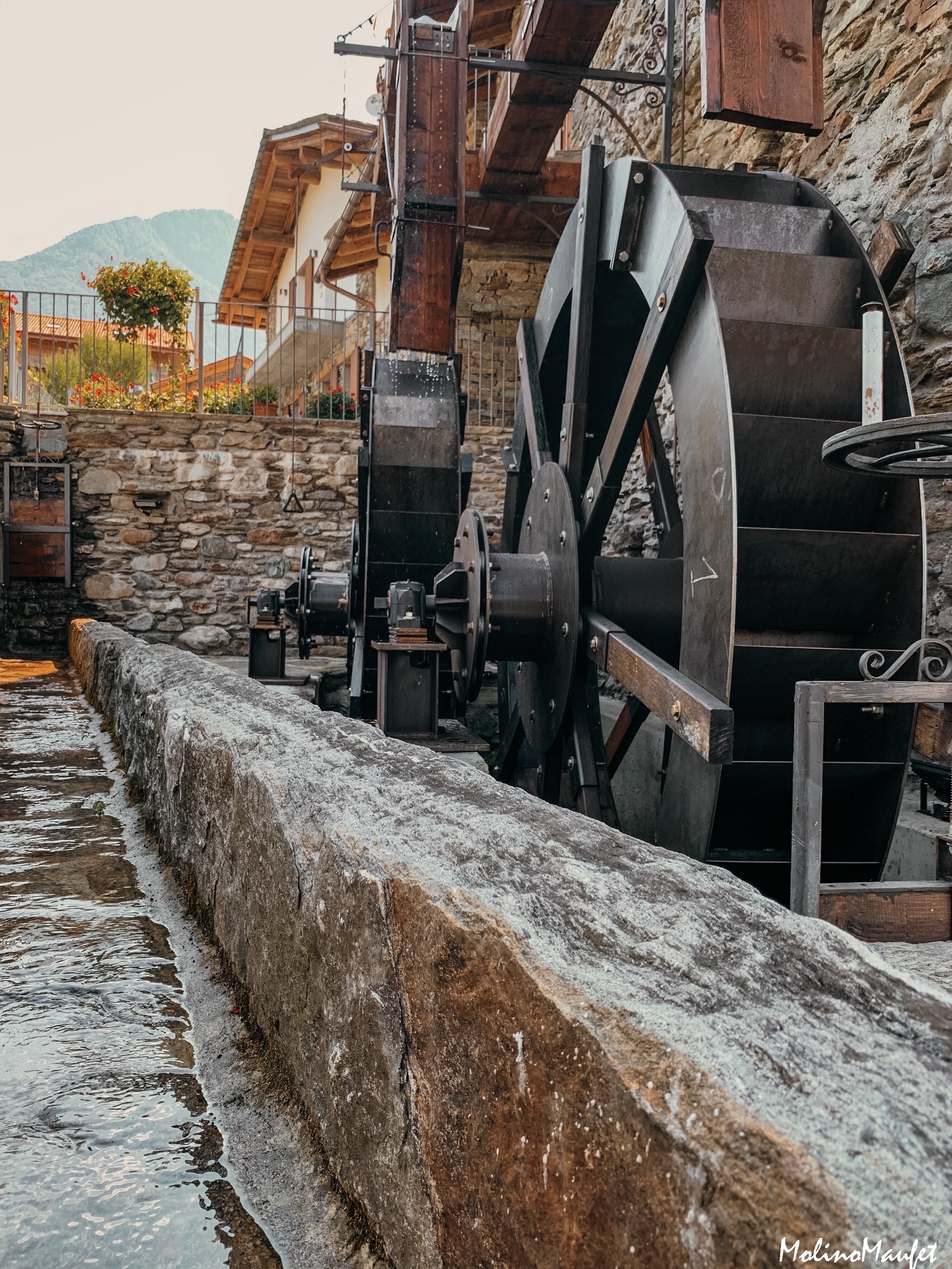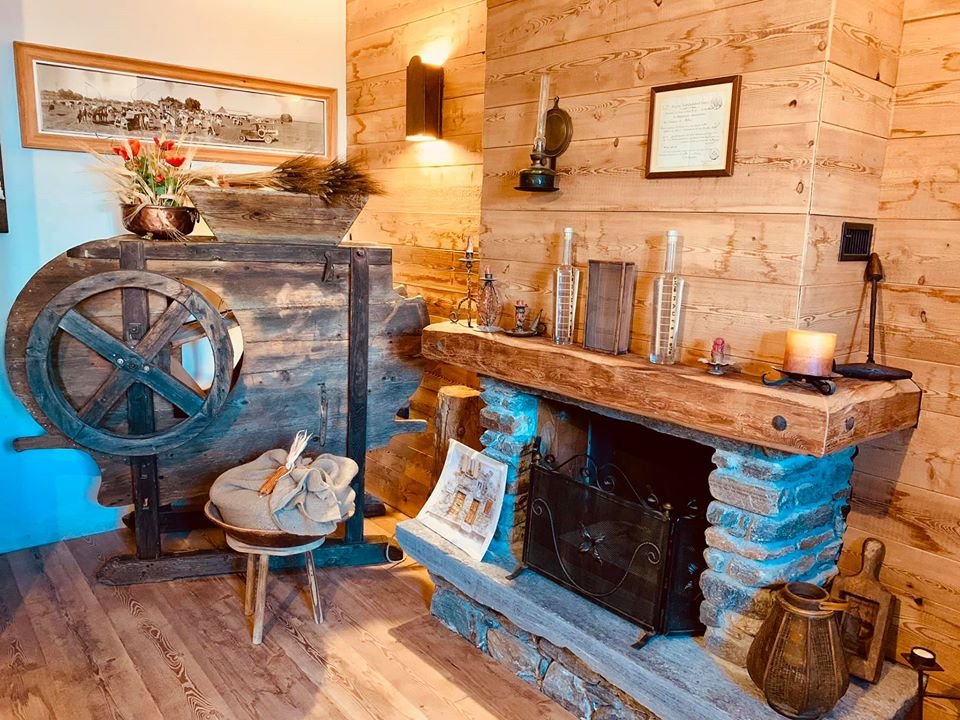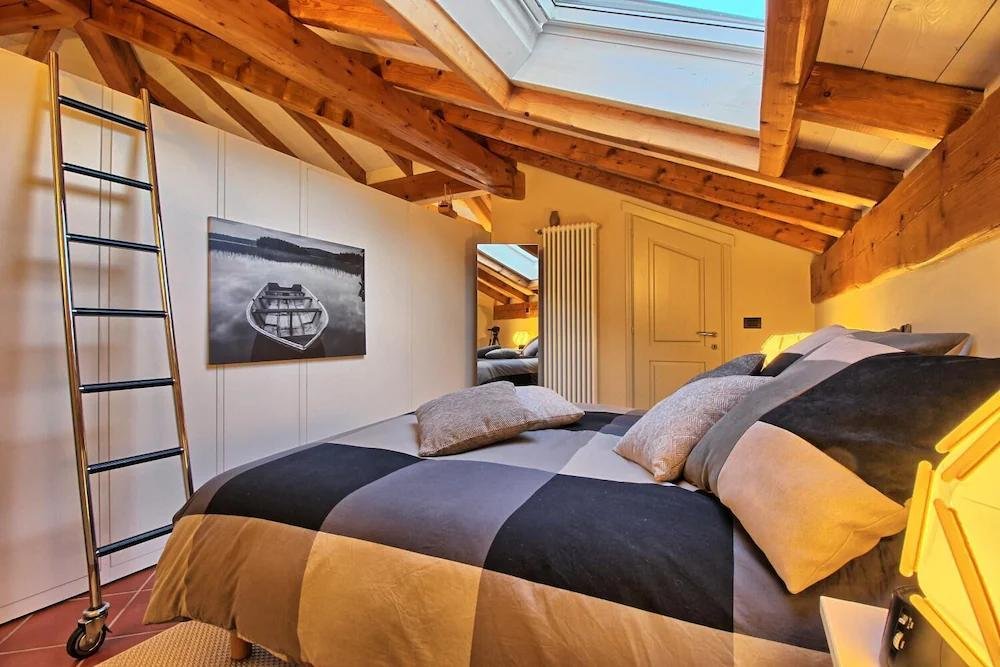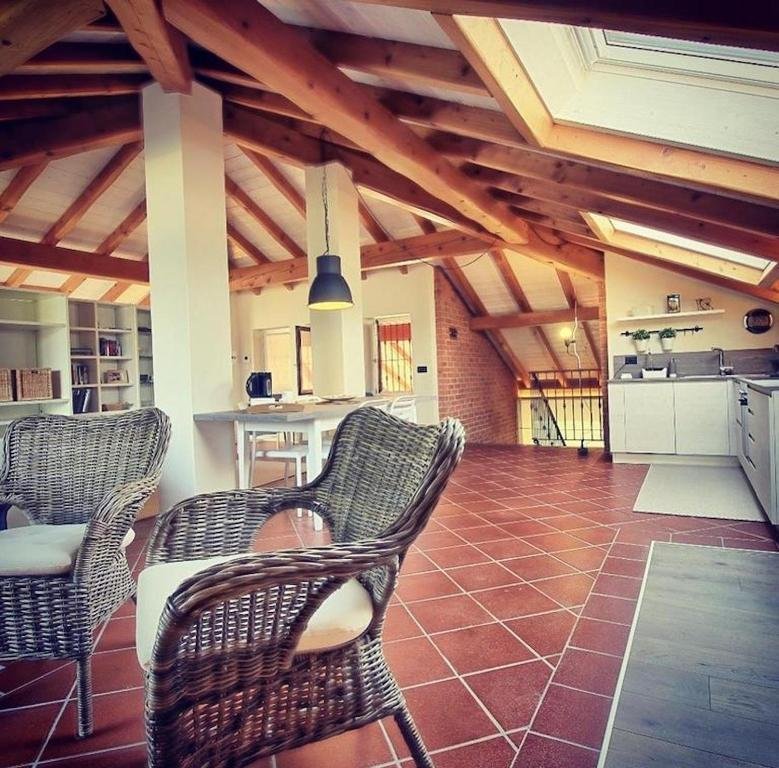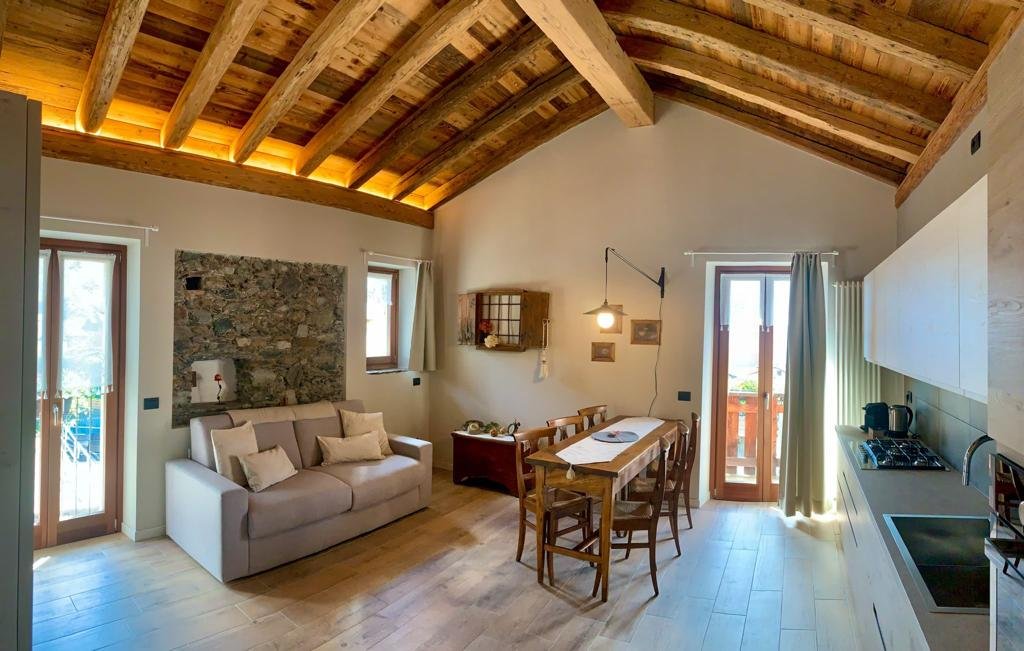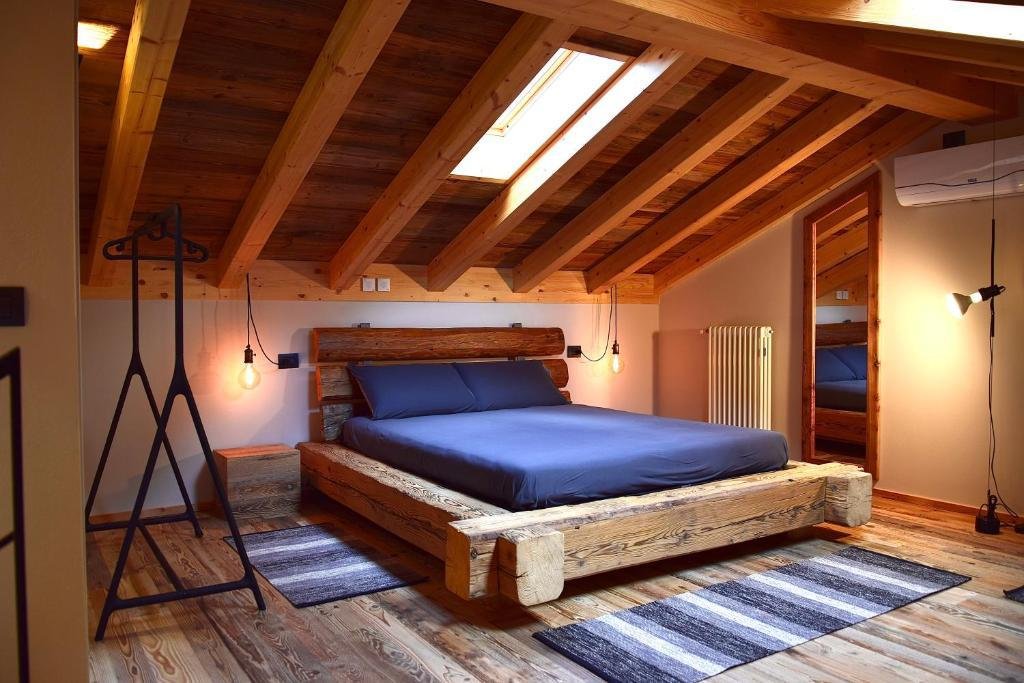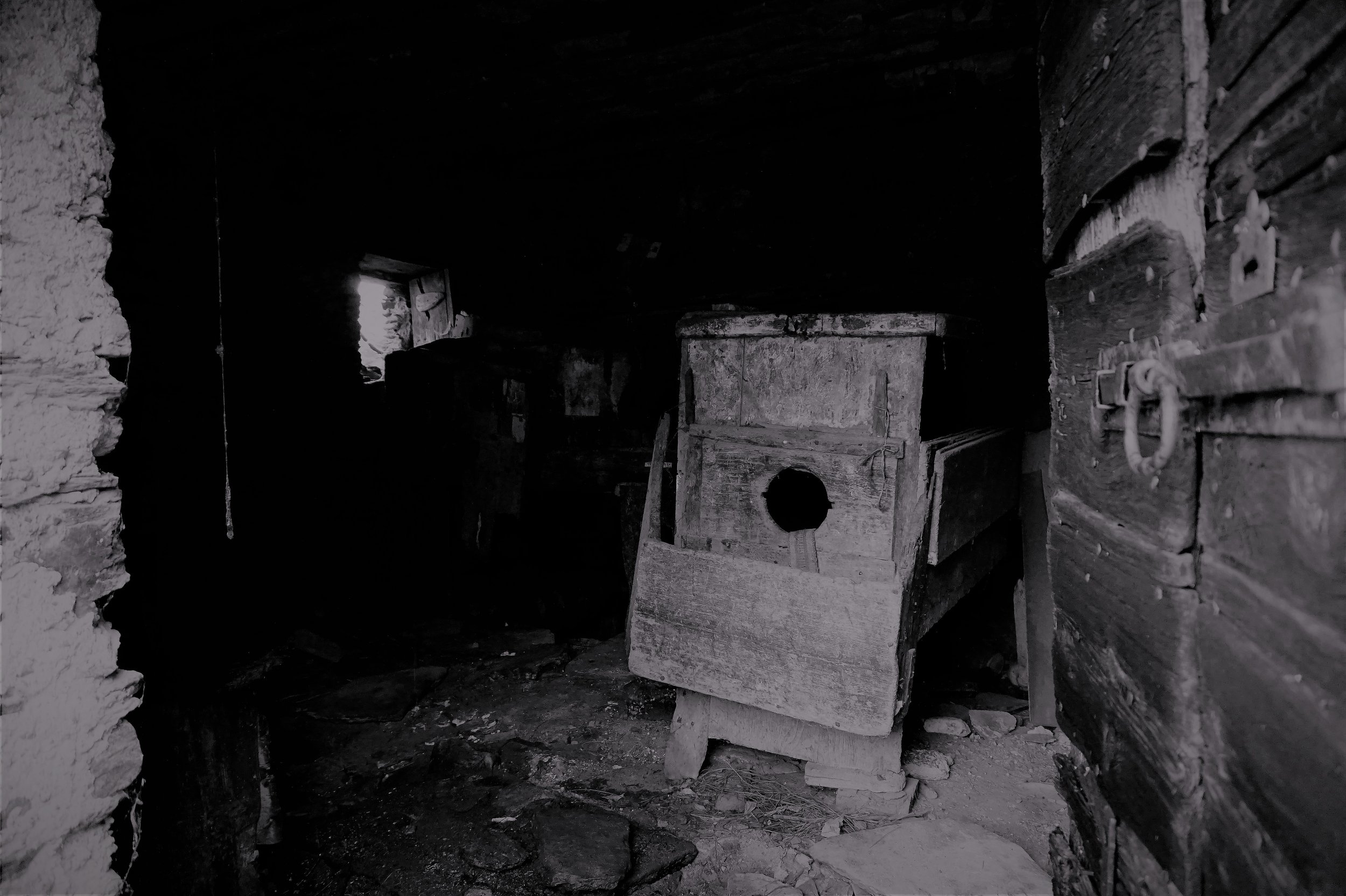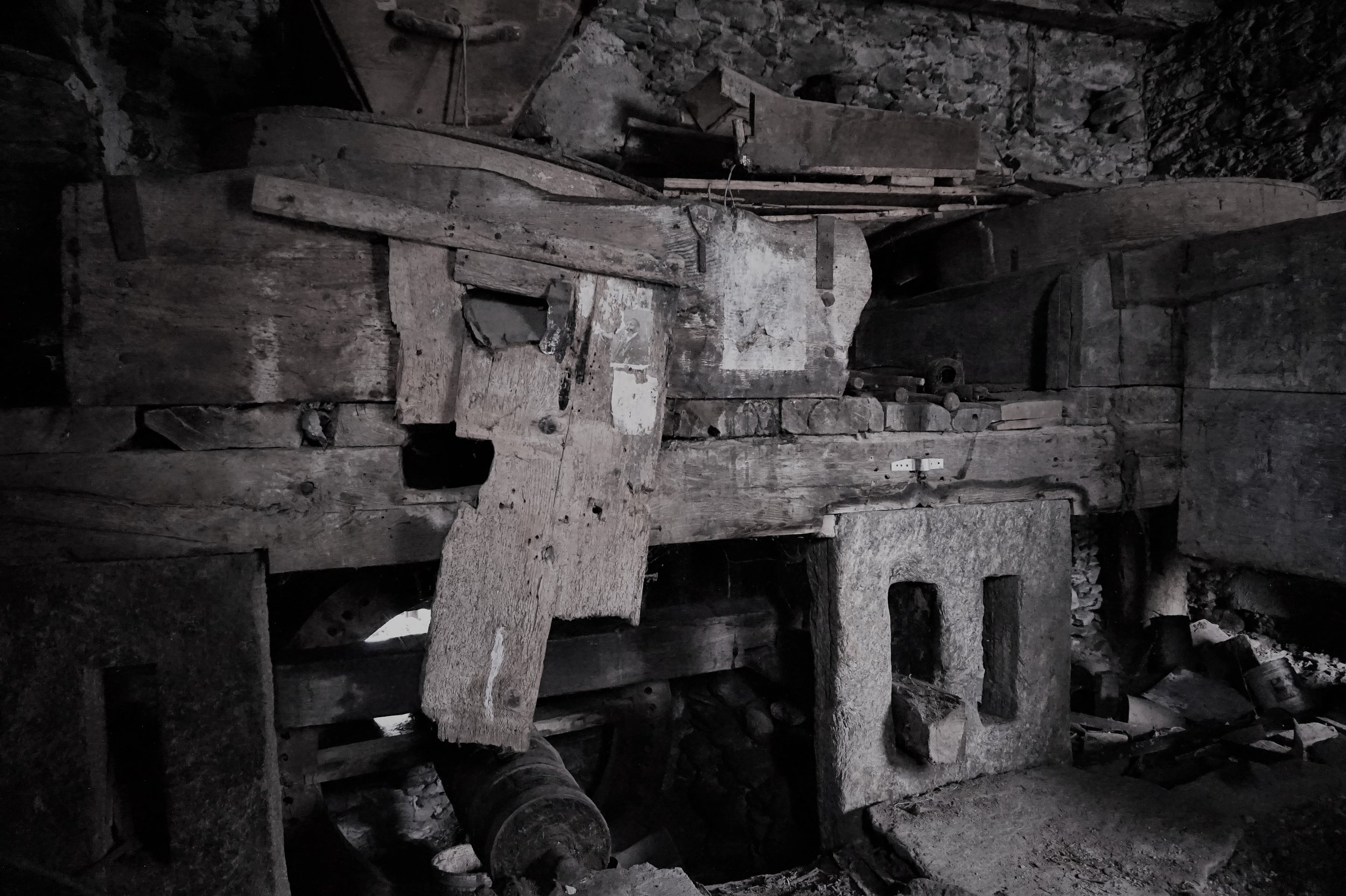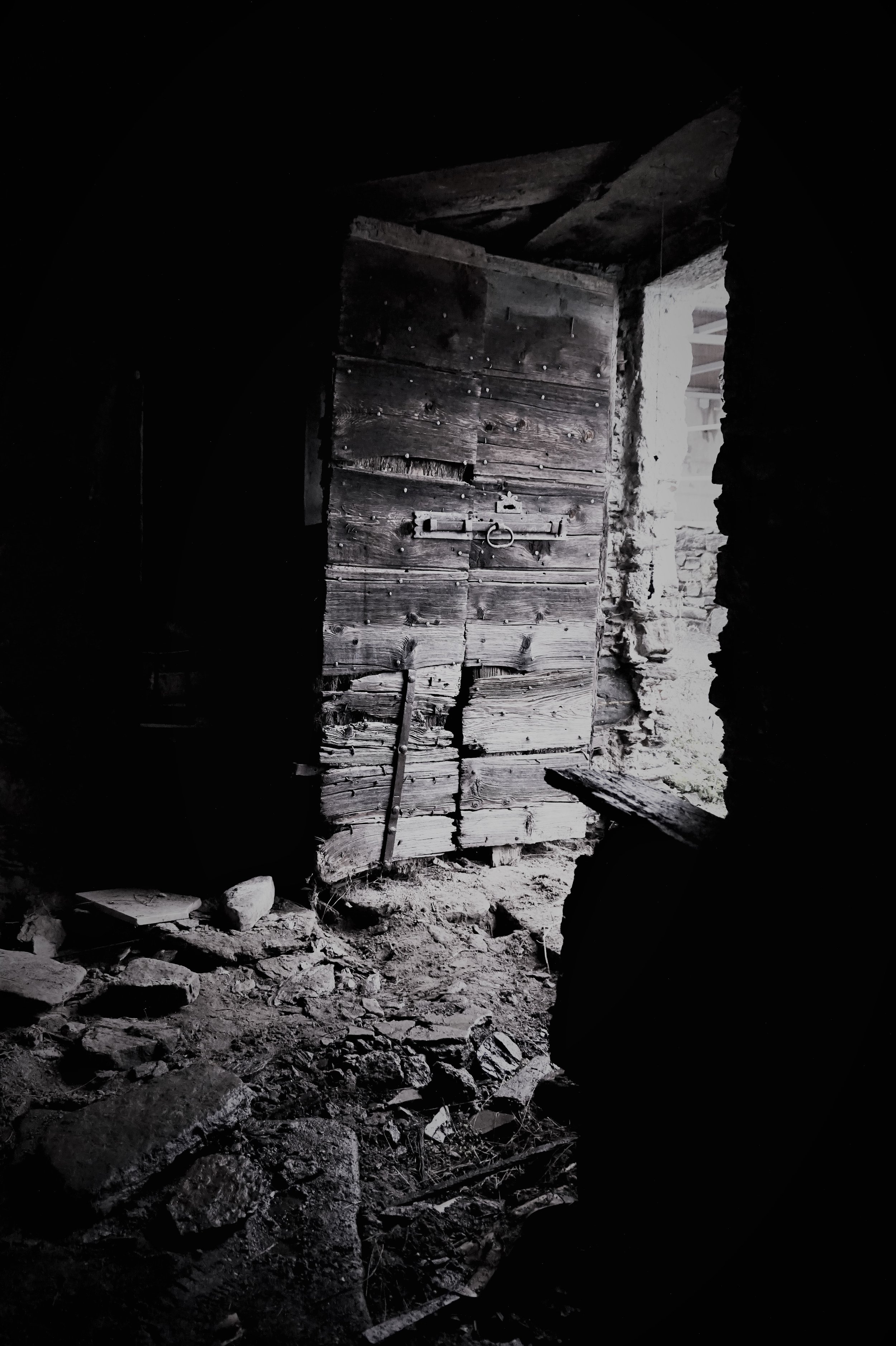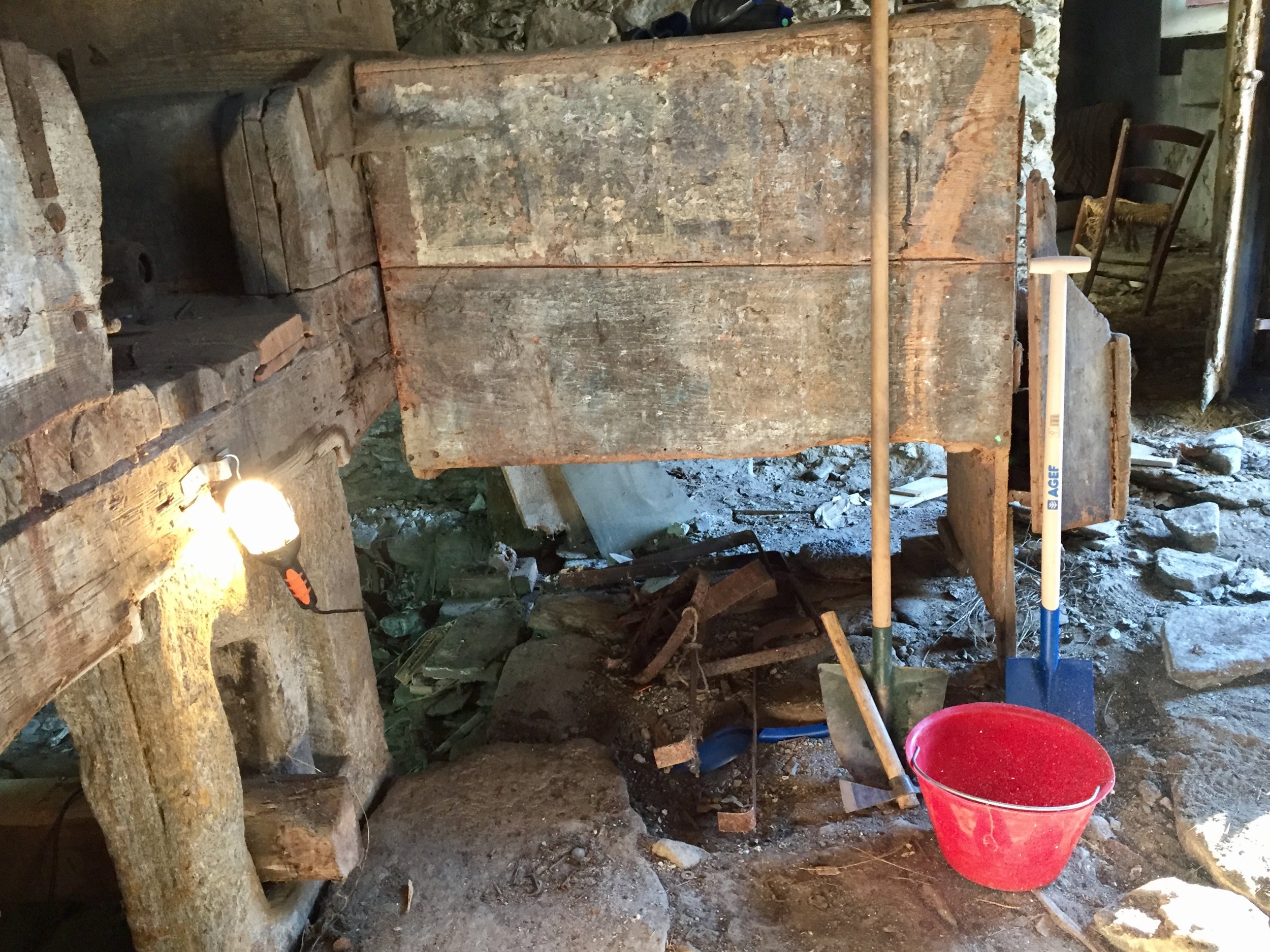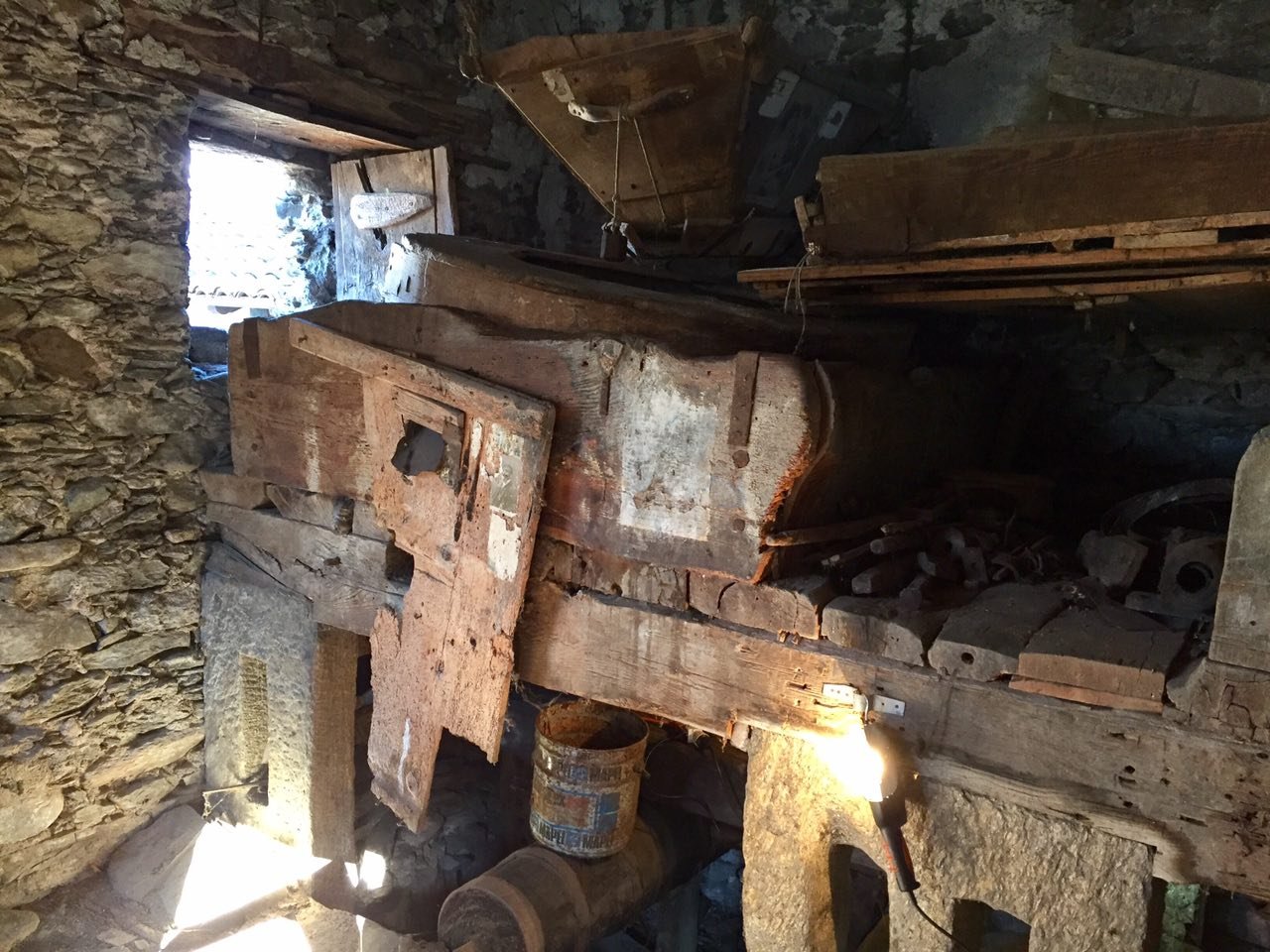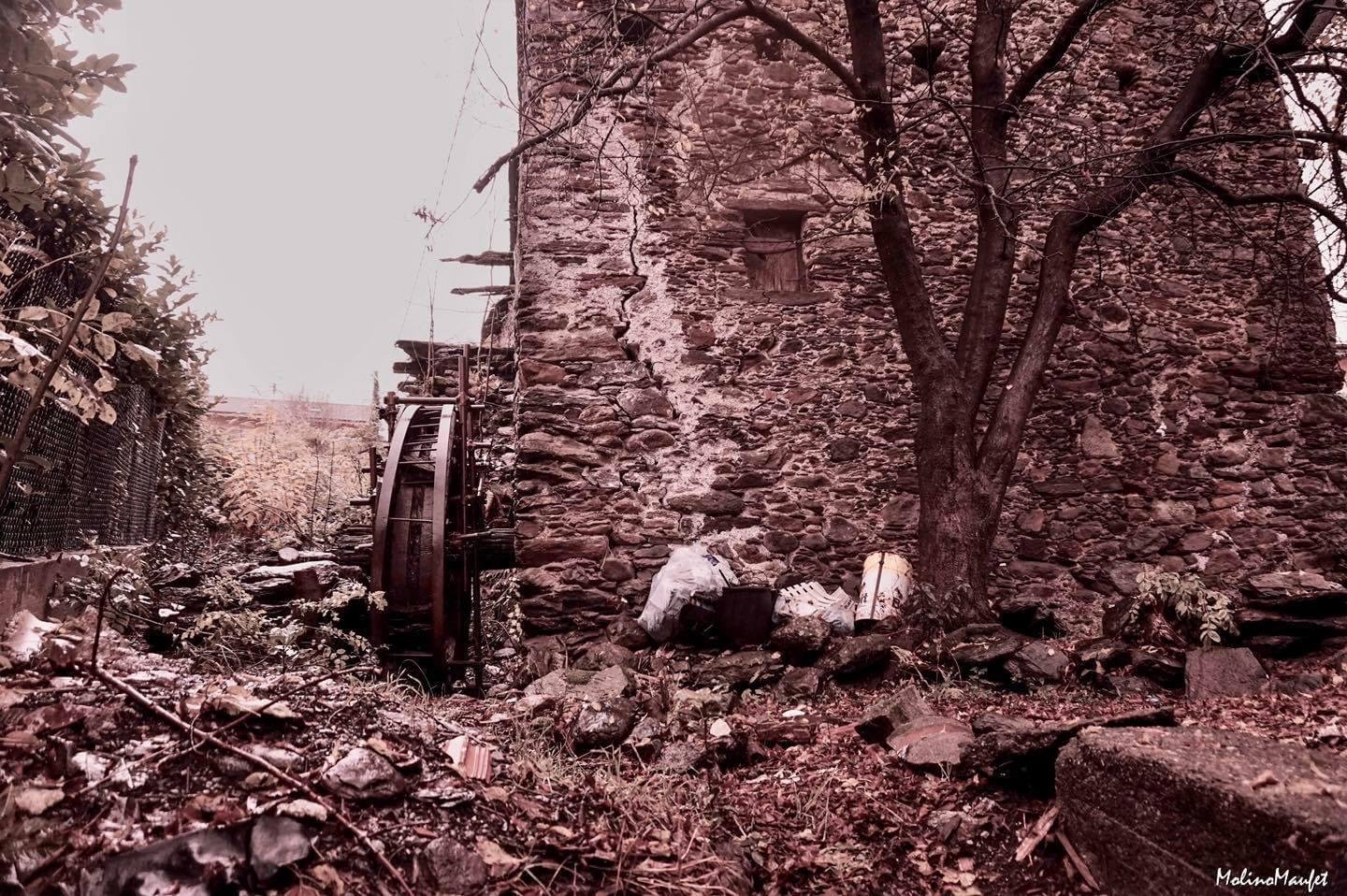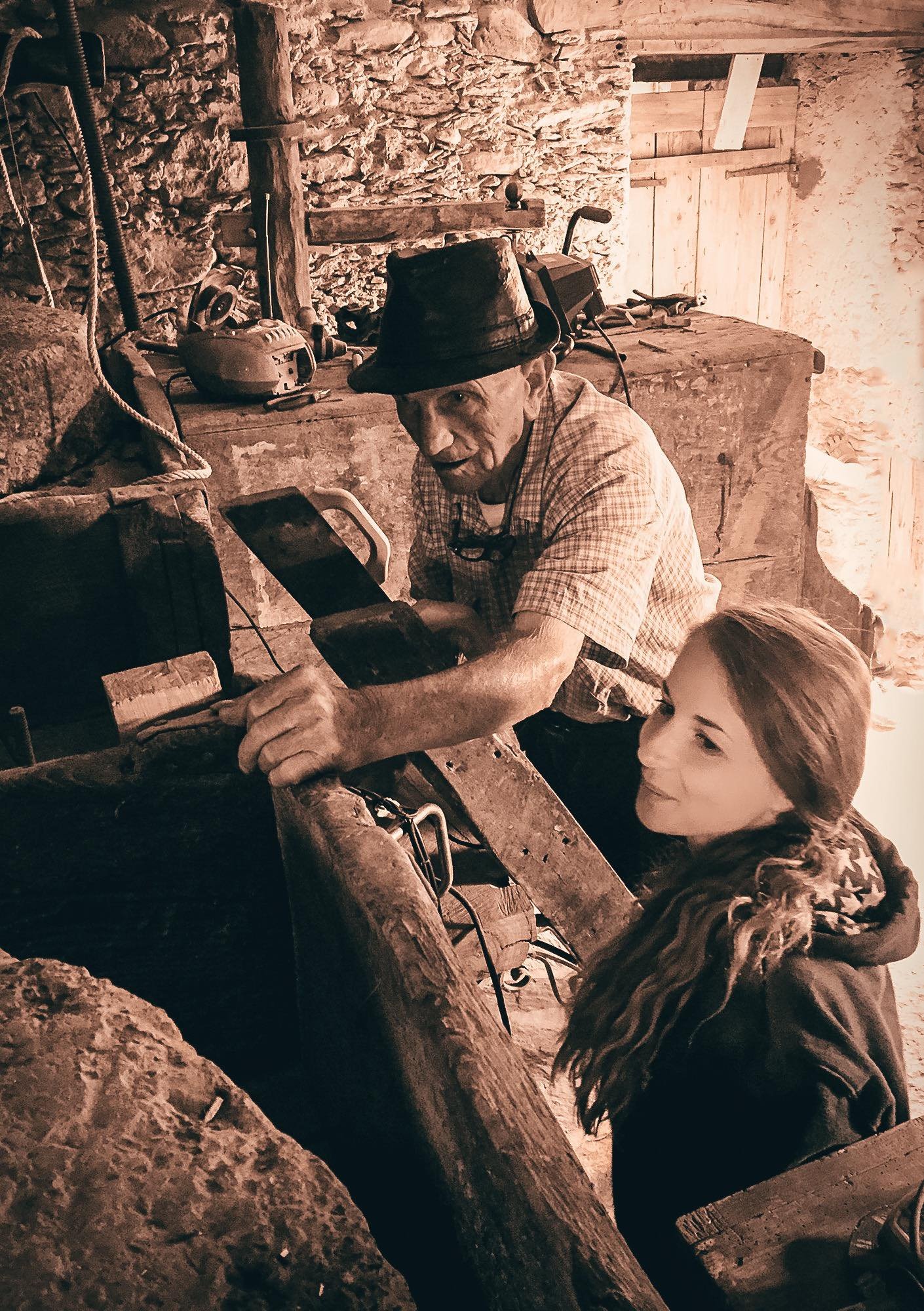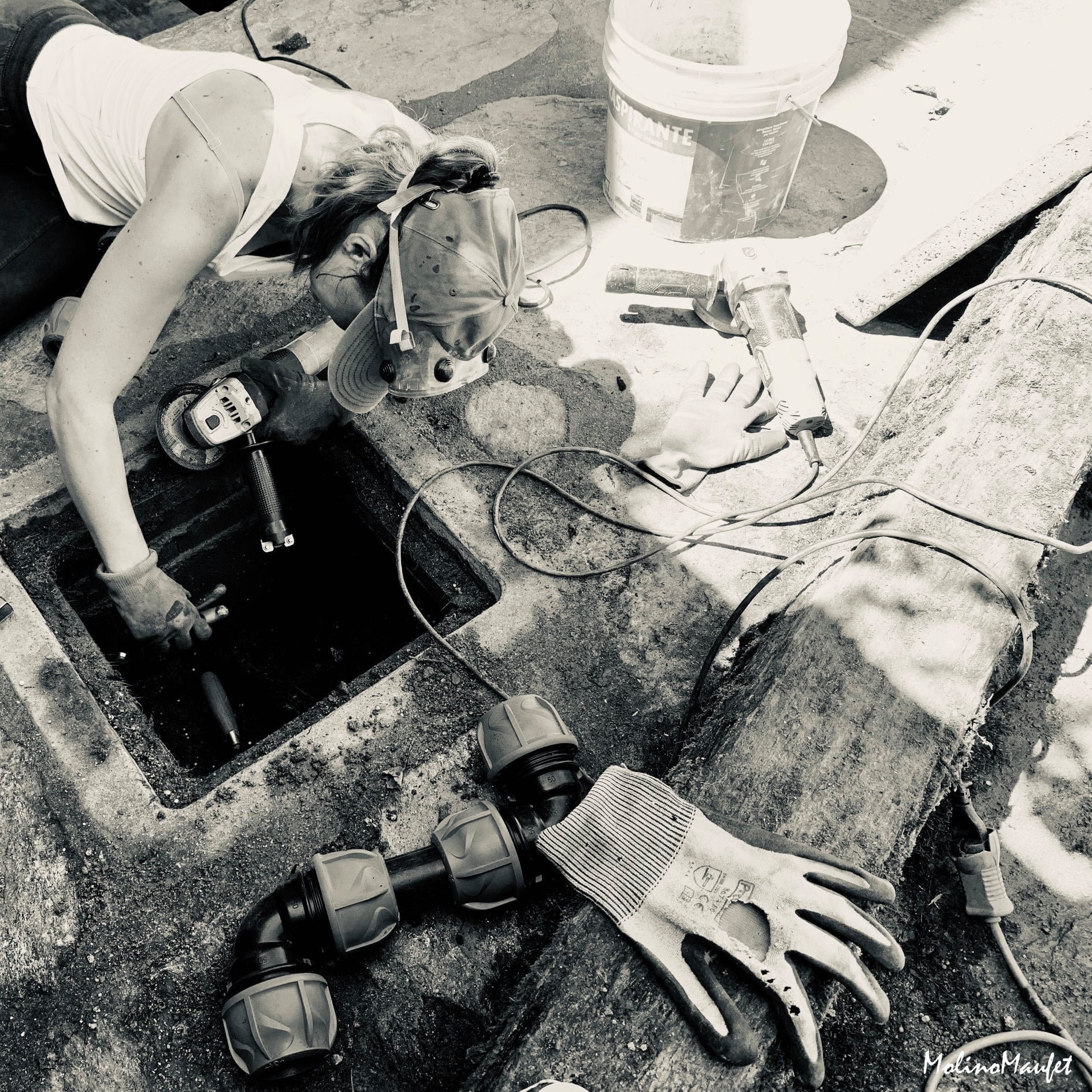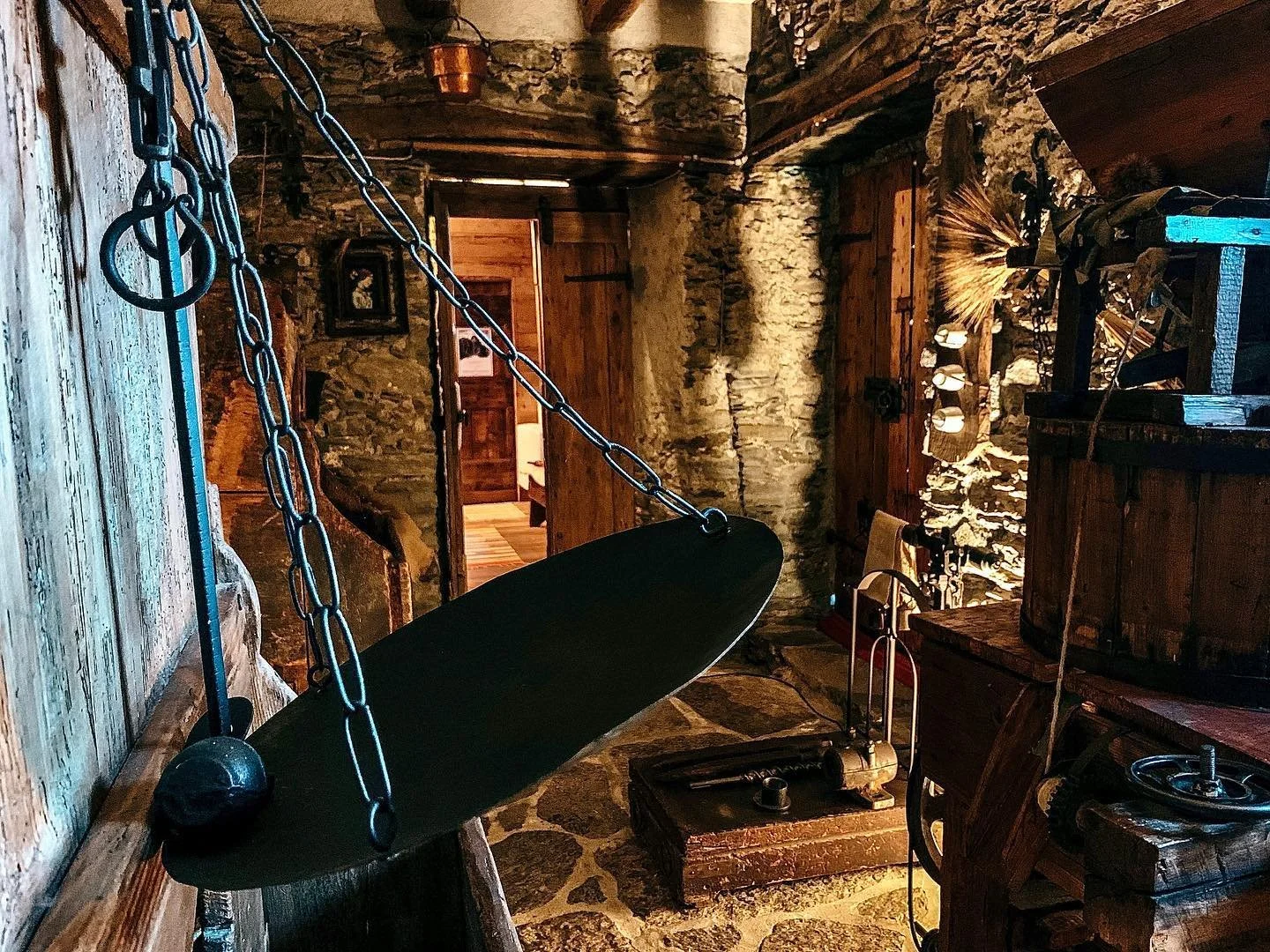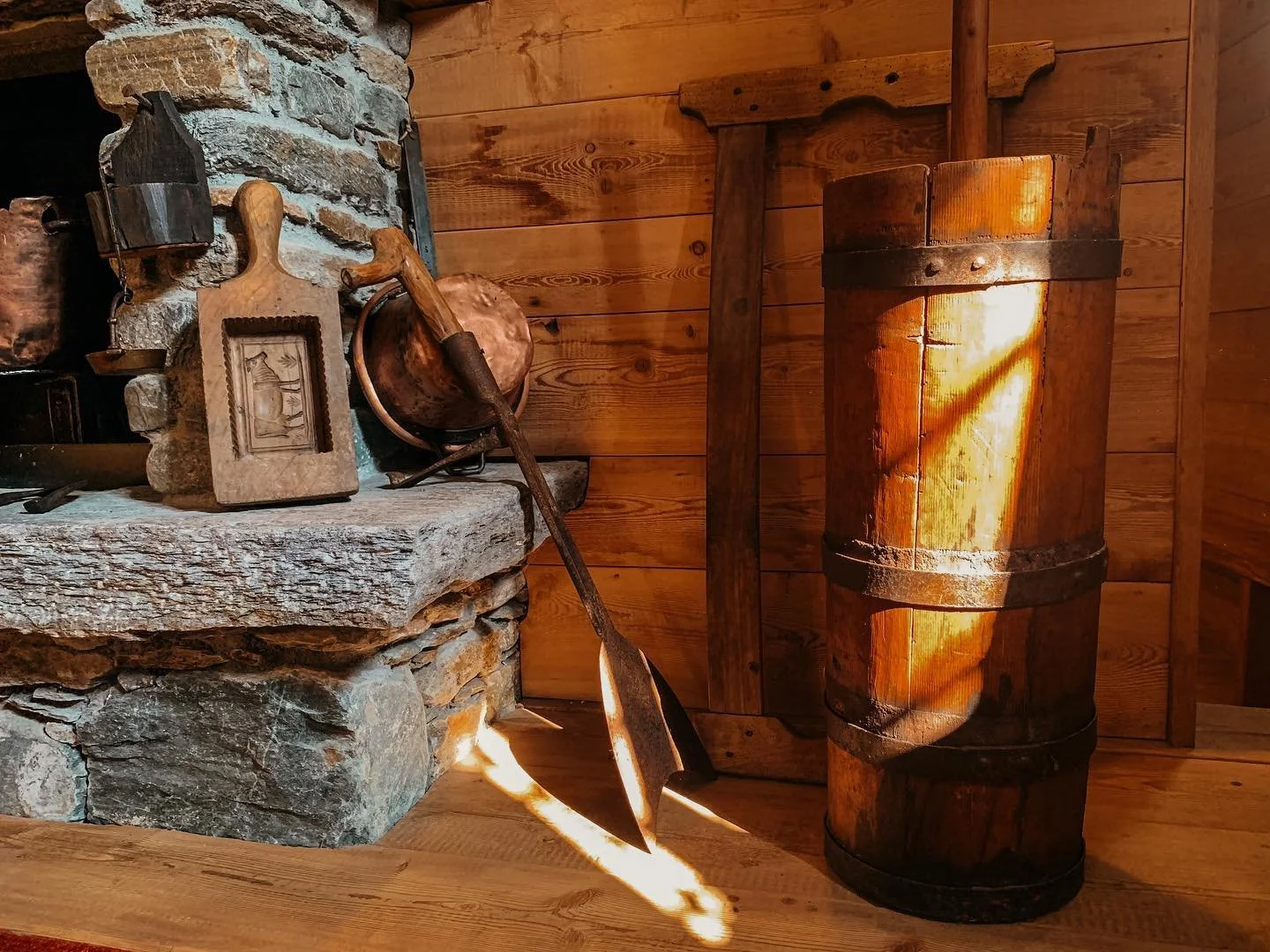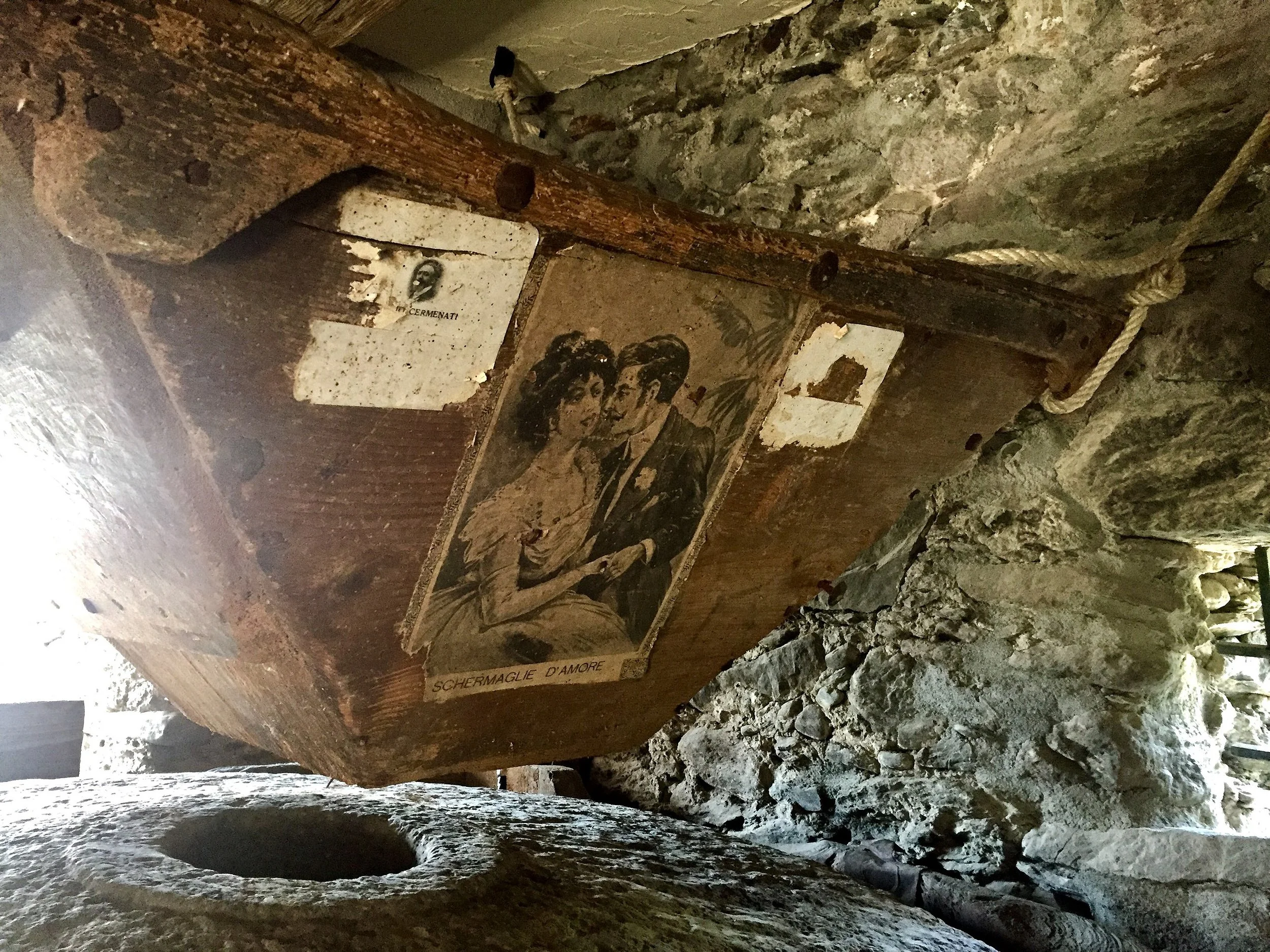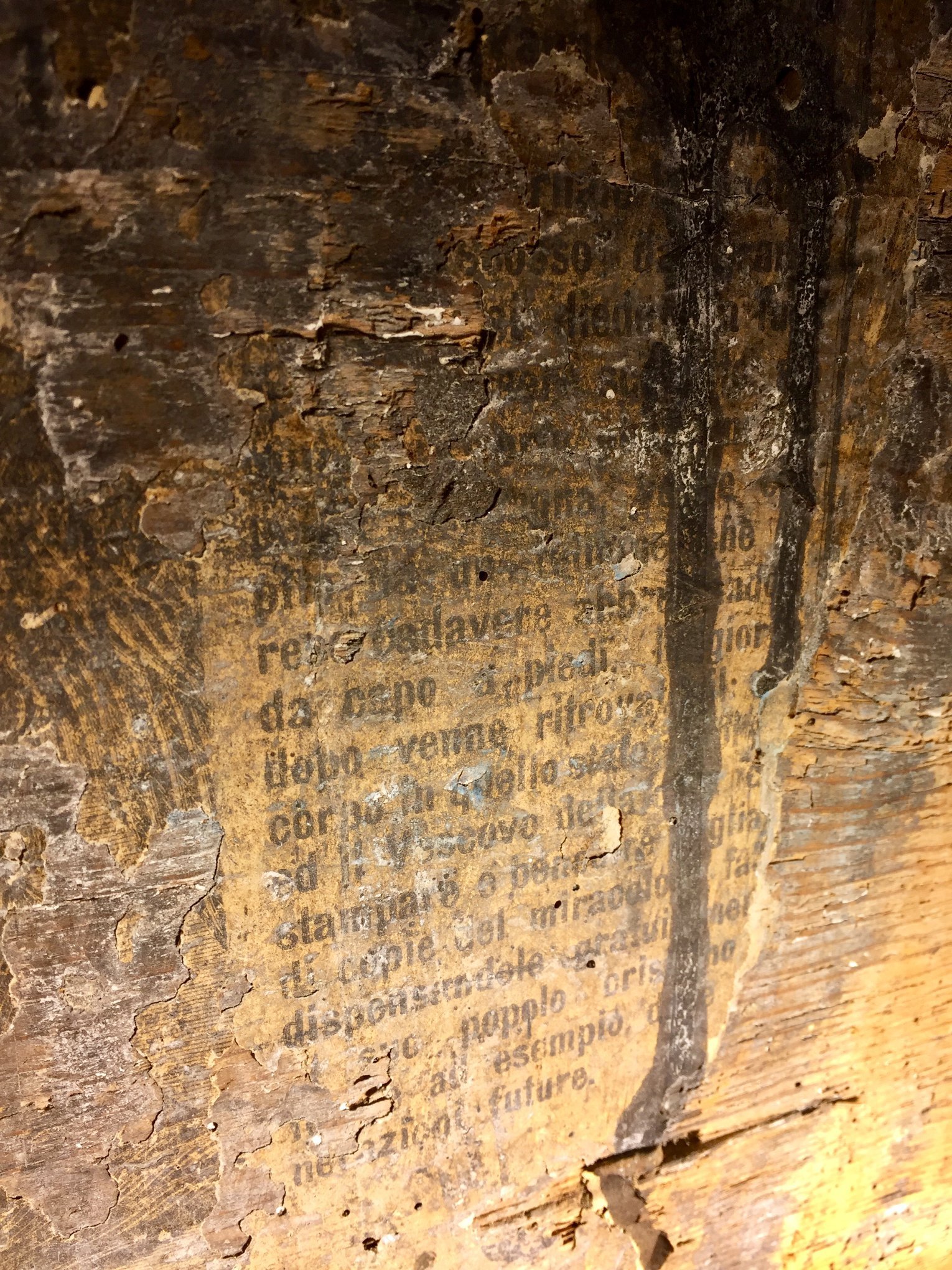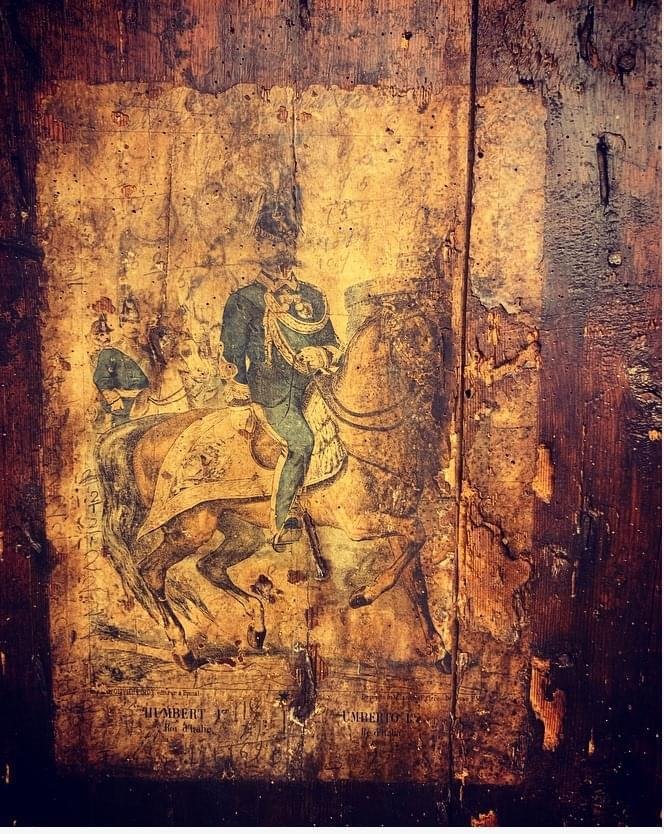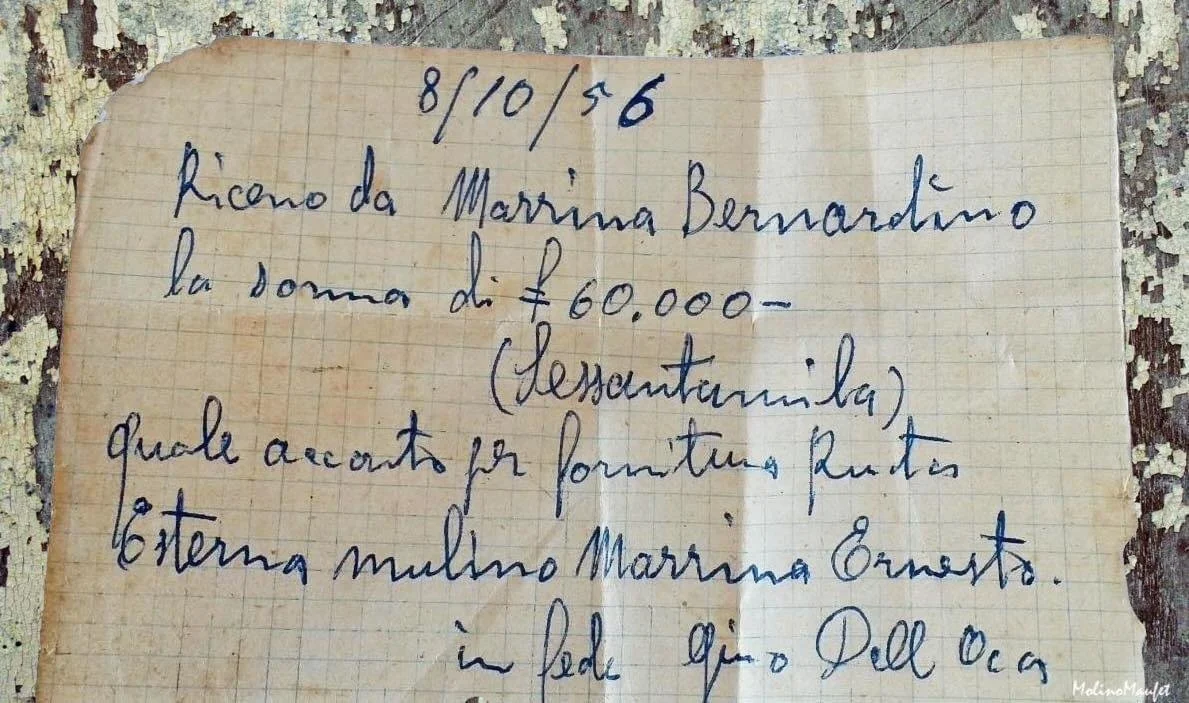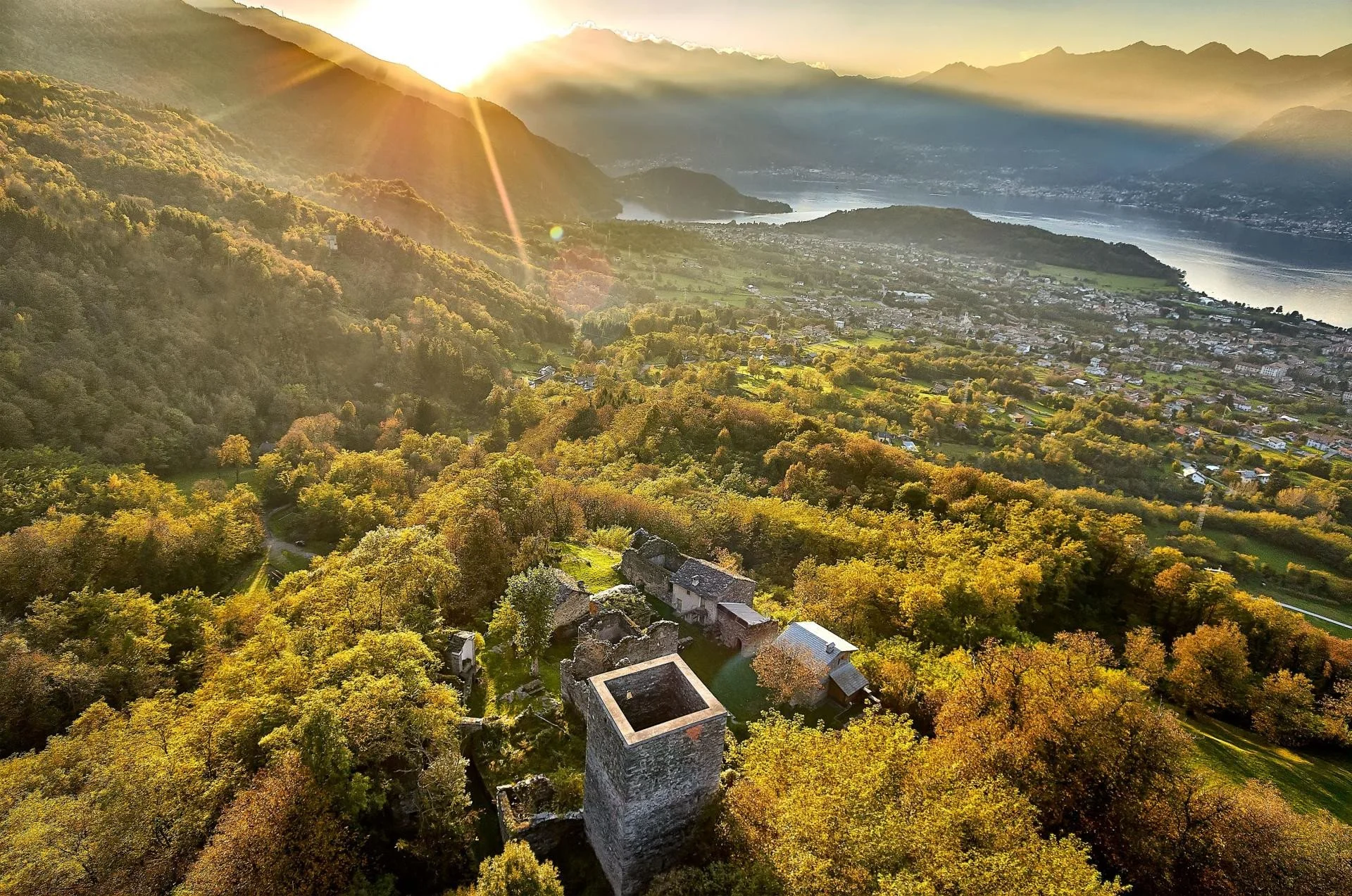Story of The Old Mill “Molino Maufet” in Villatico, Lake Como: A Brilliant Example of Conservative Restoration
You know how much here at Lakeside we love the stories of the restoration of old properties: we conceive each renovation as a great act of responsibility towards the past, and at the same time as a wonderful, exciting new beginning.
To this purpose, there’s a truly beautiful renovation story we want to tell you today.
In Villatico, a historic hamlet of Colico - halfway between the peaks of Valtellina and northern coasts of Lake Como - there’s an ancient watermill that has been masterfully restored by a young family who realized its huge value: we’re talking about Molino Maufet, an early 13th century factory now transformed into a refined guest house, a museum and a high-level cultural hub, recognized by FAI Institute as one of the “safest havens” (“luoghi del cuore”) of Italy.
What’s so special about this renovation is not only the fact that it’s been conservative, sustainable, and motivated by a very strong personal, community, social and cultural project. What struck us is the poetics and the philosophical approach with which it was faced: it was nothing less than a hymn to the history of the mill itself and of the local community, rigorously rebuilt bringing to light - literally - piece by piece the whole structure of the mill. A job halfway between philology, archeology and engineering.
Do you have any idea about how many stories can be hidden inside an old watermill? Keep on reading to discover it!
About Villatico Mills Path
Before diving into the adventure of the charming Molino Maufet, it’s good to know that the history of the mills in the village of Villatico is very ancient: starting from 1239, in fact, there were 12 factories located a step away from the Sentiero del Viandante, along the path of the ancient Roggia Molinaria of Fontanedo.
Villatico village
The large wheels of these mills were moved by the water channeled into the "mill canal”; they operated other simple machines that let the grains to be grinded. These mills were really smart machines: they created clean and renewable energy for the whole community.
The wheels of Molino Maufet
In a few decades, however, the presence of the mills was almost canceled: today, there are only 5 left (Molino Maufet, Latteria di Villatico, Molino Secrista, Molino Seregni, Molino Murgana), all joined by the famous “Path of the Mills”.
Molino Maufet: the story, the project, the dream
Molino Maufet's story is two and a half centuries long, and involves two families: first the Sciucco (a family of stonecutters from Gravedona ed Uniti) from 1826 (through the Agostinian monks from Gravedona, the real owners of the mill); and then, since 1941, the two brothers Ernesto and Giovanni Mazzina (called "the Maufet", a surname which probably dates back to the Agostinian monks’ ownership).
One of the original documents about the history of the mill
These 2 brothers were insanely different (like pretty much all brothers and sisters in the world, most probably): one was super enterprising (able to send his brother on foot from Villatico to Delebio in a carpentry just to find out how much a new wheel would cost him!), while the other was a man of few words. With their cart, the two Maufets delivered flour to all the hamlets of Colico until 1960. What’s more, the mill also had an oven for bread making (you can still see today there are two doors, one leading to the bread area and one to grinding room).
And then? Then came Lorenzo and Claudia, the current, lovely owners of the watermill.
Lorenzo and Claudia during the restoration of the mill
"About five years ago we fell in love with this place" they say. After having become owners of the historic "Casa Amalia" in Villatico, these guys decided to buy the ancient building a few meters from their property: a mill with an oven and a "pila", the building once used for grinding barley for water.
The mill before the restoration
“The initial condition of the mill was extremely compromised and it took a lot of courage to undertake its recovery… that’s why the building had remained in total oblivion for over 60 years,” says the couple.
The first time they entered the mill, they found themselves inside a totally dark room (with just two tiny windows) with a mixture of dirt, dust, wood and old flour on the floor. “I remember precisely that particular smell, trapped between the stone walls of the mill: it’s pretty impossible to put it into words. It was even stronger on the rainy days”, says Claudia.
The first pics of the mill in its initial condition (2016)
The couple started by taking all the contents out of the mill, to try to find a logical link between its components and its structures: an almost archeological work, somehow.
But despite the huge challenge they had in front, Lorenzo (helicopter pilot and surveyor technician) and Claudia (logistic engineer and former researcher) weren’t scared at all: they wanted to protect the memories, traditions and values of this mill, projecting them into the present with all the creative impetus two young people with an eclectic mind are capable of.
"We thought that restoring this mill and giving it a new functional location was the best way to protect it and preserve it over time: we’re not nostalgic for the past of this community, but we have deep respect for it and we want to make sure it’s never forgotten”.
In this sense, Molino Maufet is by no means a monument to melancholy, rather an incubator of cultural energy for the future: Claudia and Lorenzo do believe in the power of present and future. “A factory that has been working hard for so many years can’t become something static”, comments Claudia.
They want to honor the past, by making the mill live again although not still mechanically active. This is how today the living spaces of the old factory have become an exclusive guesthouse, while the operative rooms have been turned into a museum (part of the System of Museums of Lombardy) and a cultural hub.
The restoration: an incredible journey full of unexpected surprises
“There were moments during the restoration of the mill in which we inevitably found ourselves continually aboard some truck. Often when we went in search of an unusual material or a tool they looked at us dazed: “What do you have to do with it?!”, they asked. We usually smiled and stayed vague because… how could we explain?!”
On their website, the chronicle of the restoration process - started in 2016 and carried out in a sustainable way, largely reusing the original materials where possible, combined with energy saving technologies - is a patient and meticulous succession of little and big goals: the precise recovery of the old external wheel with 3 meters diameter (the only “survivor” out of 4 wheels) by studying its mechanical structure, the restoration of sifters and cupboards, the replacement of some important mechanisms of the millstones, the works on the grindstone surface and the internal wheels, the recovery and partial installation of the (spindle) shafts, the reconstruction of the external stone canal... and then the lighting, that magical final touch that gave new life to the ancient mill.
What is special about this restoration experience is that it has turned out to be not only an extraordinary journey full of emotions and surprises, but also a constant opportunity for study, cultural enrichment, and "treasure hunt" of historical elements based on mysterious, intriguing clues.
For example, during the sandblasting of the main facade, they accidentally discovered the remains of a wonderful votive fresco depicting a saint which, after careful restoration, studies and discussions with experts, they could identify in Santa Caterina di Bolsena, the protector of millers.
Santa Cristina di Bolsena fresco
Equally surprising was the recovery of some very old “sassi avelli”, plus a rock with an impressive “Triplice cinta”, the mysterious holy symbol representing the orientation of men into the universe.
The “Triplice cinta”
Then there have been all the objects of daily life - so precious in their simplicity - that were right there, just “buried” below the dirt and flour in the mill, recovered from the excavations.
“All those objects have a soul and a precise reason of being”, says Lorenzo, “and enabled us to chronologically reconstruct the story of the mill, piece after piece”.
And again: the unexpected discovery of a French flag, hidden under three layers of plaster, a clear testimony of the mill's link with France. Why? Because at some point, the mill hired French artisans specialized in the manufacture of the famous "La Fertè" stone millstones, still visible today inside the mill.
French flag under the plaster
And that’s not all… on the old wood of the “buratto” (sieve), today, you can still detect the French pages of the “Images d’Épinal”, the famous prints on popular subjects rendered in vivid and crisp colors, sold in France in the 19th century and particularly popular among farmers.
These pages were glued with flour glue, in order to close the holes in the wood and not waste and lose flour (or, even worse, let people think the miller wanted to steal the leftover flour for himself!).
Claudia and Lorenzo also did some real philology: the reconstruction of the history of the mill started from a very small fragment of torn paper: in 1956, on 8 October, the miller Ernesto Mazzina paid a deposit of 60.000 lire (a considerable price at the time!) for the supply of the new external wheel of Molino Maufet.
The couple thought since the beginning that the Molino dated back to the 16th century, according to what they had the chance to read into the Theresian Cadastre. But more recently, they found another precious document inside those historical archives: the last will of Vuidibranda, dated 1200, where she bequeathed to the Agostinian monks of Gravedona a couple of barns “with two stone steps leading to a oven” and located right in Villatico.
More than a guesthouse: the “Mill Hub”
“We believe in the circulation and sharing of ideas, in the spontaneous promotion of culture as an engine for the growth and awareness of the community. Just as history is everywhere and for everyone, art is too. And it is everyone's moral duty to preserve and disseminate it. "
Claudia and Lorenzo strongly believe in the importance of cultural promotion, development and dissemination of art in all its expressions. This is why Molino Maufet is also a co-working space and meeting place for the local and international artistic community, to promote intellectual exchanges.
“We have equipped the ancient stone vault, entirely recovered from the ruins of the historic building, and we intended it as an exhibition space and lab. The exhibition can also be online, on our virtual Art Gallery".
But it’s not all about art: Molino Maufet also hosts ecopsychology meetings with sensory explorations, woodland “baths” and experiences of reconnection with the Nature of the mountains surrounding Villatico.
We do believe the cultural paradigm offered by Molino Maufet is definitely a precious unicum in the Lake Como and Valtellina regions.
Thinking big: the Restor Hydro project
Interestingly, Molino Maufet is also a member of Restor Hydro: this is a European project that aims to reactivate historic structures (today 350k in the 27 EU countries!) to produce renewable energy to be used locally to support the community, or to be fed into the European electricity grid.
In the thousands of historic mills, water wheels, abandoned power stations and other hydraulic structures scattered throughout Europe there’s great potential (currently unused) for the construction of micro and small hydroelectric systems.
These are vehicles for investments in the single areas: they generate economic returns for local communities, they increase energy independence and at the same time they preserve our historical and environmental heritage. The Restor Hydro Map is available to local institutions, municipalities, hydroelectric entrepreneurs, researchers and anyone interested.
A visit to The Mills Path
Curious to visit Molino Maufet and the suggestive village of mills?
All you have to do is driving to Villatico then! You can choose between two itineraries, both suitable for young and old and well signposted:
Direct route between the mills (1.5 km outward + 1.5 km return; total height difference + 200m / -200m - Follow the brown tourist road signs - one part is unpaved). Church of San Bernardino -> Molino Secrista -> Dairy of Villatico -> Molino Maufet -> Molino Seregni -> Molino Murgana;
CAI Molini Ring Path - 1B (1.5 km outward + 1.5 km return; total height difference + 200m / -200m - Follow the CAI "Anello Molini" signs - almost entirely unpaved). Church of San Bernardino -> Secrista Mill -> Villatico Dairy -> Molino Maufet -> Molini CAI Ring -> Ancient Votive Chapel -> Molino Murgana -> Molino Seregni -> return.
The mills can also be visited internally, subject to the owners' availability and booking (just write to info@molinomaufet.com, or text +39 366 7404948).
Overview on Colico
www.molinomaufet.com
Article by Laura Zanotta
All the cultural articles of Comolakesideblog are independent and never promotional; they are meant to show the Beauty, culture and roots of Lake Como to the world.


